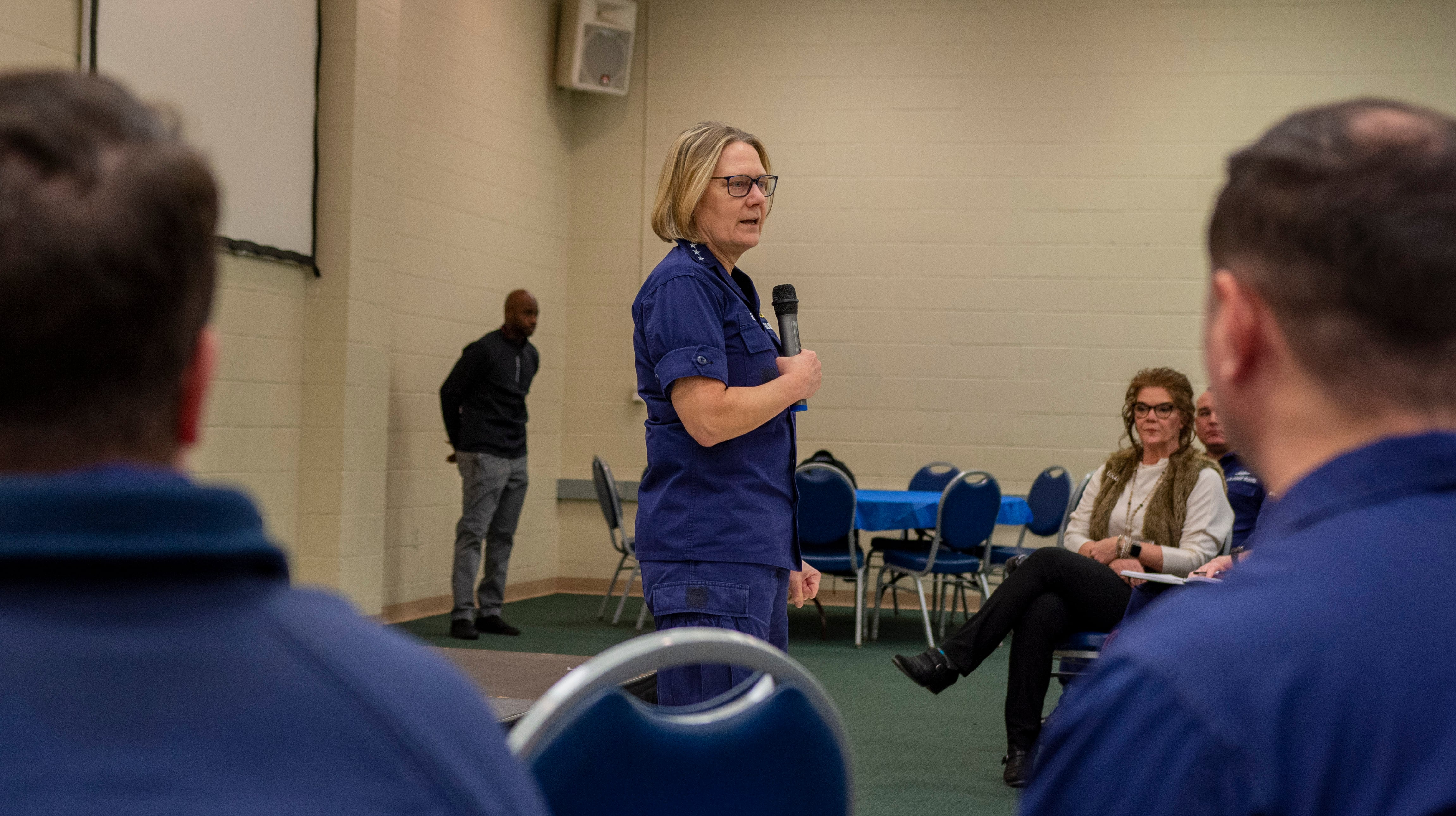Foam might not seem a likely way to stop a high-speed bullet, but a North Carolina researcher has developed a composite metal foam that stops bullets on contact.
Afsaneh Rabiei, a professor at North Carolina State University, began researching how to improve metal foam, or metal with gas-filled pores.
Rabiei was told that while metal foams may be good for blasts, they don’t protect against ballistics.
However, she created a new material that combined metal foam with a metal matrix composite.
“It works like a heavy-duty bubble wrap,” Rabiei told Army Times. “The bubbles inside can squeeze down and provide protection.”
The composite material creates a stronger defense and allows multiple uses of the material.
Up until her discovery, metal foam was found to be very weak and didn’t perform well against ballistics.
The composite metal foam creates a stronger defense and allows multiple uses of the material.
Dr. Marc Portanova, from the Army’s Aviation Applied Technology Directorate, learned about Rabiei’s creation and recognized its potential.
Portanova said that when the military develops armor, it typically compares the armor’s performance against that of high-hard steel. For example, a 7.62mm armor-piercing rifle round will completely penetrate through certain thickness of steel, he said.
Modern, state-of-the-art armor systems use a combination of ceramic bonded to a soft catcher material, he said.
“When the bullet hits the ceramic, it stops and absorbs the energy,” Portanova said. “The problem is you can only shoot the ceramic once because then it’s shattered.”
Composite metal foam, however, contains a significant percentage of hollow spheres. When struck with a bullet, the spheres collapse, similar to bubble wrap, and adsorb the bullet’s energy.
This creates almost an infinite amount of energy absorption, Portanova said, so you can hit it numerous times.
The team has been working to make the composite metal foam armors weigh less and less and stop bigger threats.
“In its current lab-scale configuration without further optimization and integration, the material is more suitable for application to ground vehicles,” he said. “It would only be slightly more expensive but will weigh half or even one-third of what they’re hanging on the side of a Humvee right now.”
Rabiei said her passion is to help troops and save their lives.
“When I received research funding, I was very eager to explore the application of composite metal foams for armor,” she said. “If I see one person walk out of a deadly situation because of my material, I think I have left my mark.”
Charlsy is a Reporter and Engagement Manager for Military Times. Email her at cpanzino@militarytimes.com.





